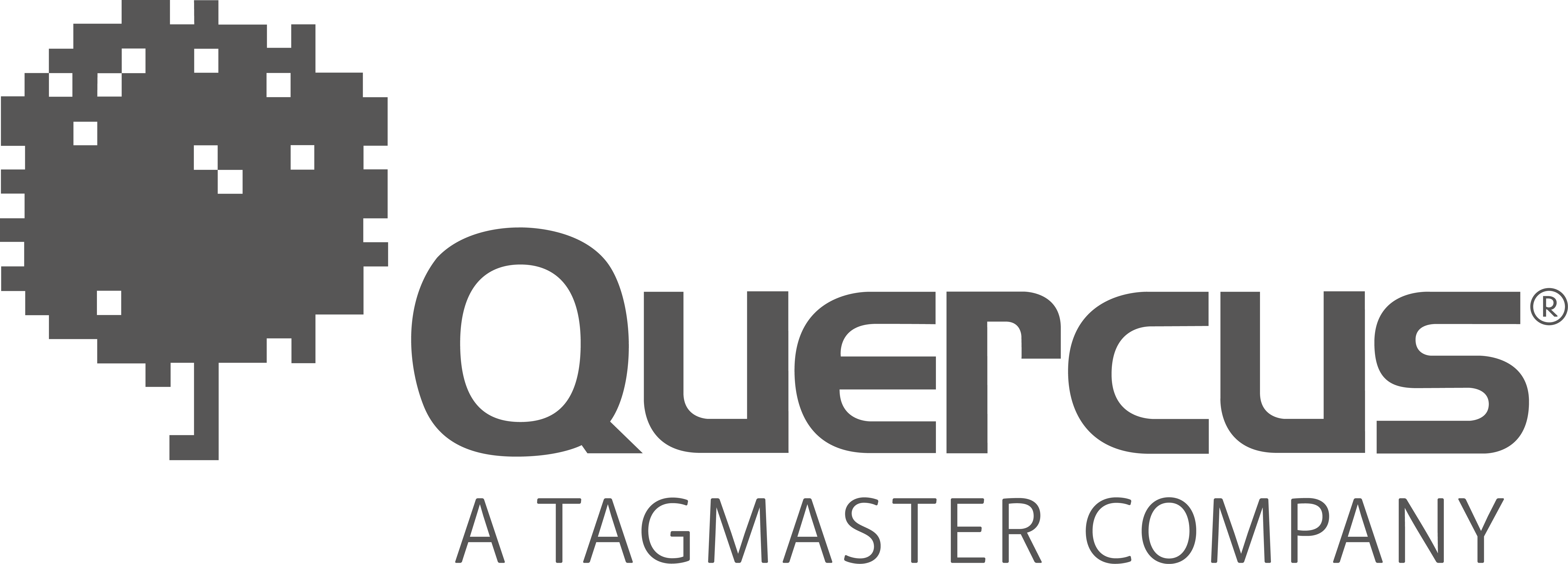Reus, the Smart City that is bringing ANPR smart systems into play
Leveraging the latest innovations and technologies, the Reus Local Council has worked intensively to improve the services it provides to citizens, and that fit best within the Smart City concept, which has already been implemented in many places around the world. In parallel, it has been promoting the Reus Smart City trademark to identify the package of proposed actions with smart value. The project is implementing technology-based measures to improve citizens’ quality of life, with the aim of implementing a more liveable and sustainable model of city, thanks to the application of innovative solutions that enable enhanced resource management and higher quality of services.
The Reus Urban Mobility Plan brings together all of the goals and strategies decided on by the Municipal Government, that promote sustainability and safety of citizens and goods in the city of Reus. The UMP defines an eco-friendly mobility model based on quality of life, social integration, economic development and minimization of energy consumption.
Having analyzed current and future mobility challenges, the Municipal Government of Reus began to implement improvement solutions and actions that would resolve the needs of the city, proposing alternative smart systems to help meet the relevant goals, improving the quality of life and well-being of citizens. The project that the municipal government defined launched the renovation of paving, drainage, landscaping and street furniture, as well as limited access control through the installation of automatic pylons with license plate detection units in the city center.
The new Urban Mobility Plan established the goal of restricting traffic at points of entry into the historic city center, and only allowing access to residents and emergency services or other authorized vehicles. Quercus contributed its access control solution to this part of the project, with the aim of reducing and calming traffic in the area. The Smart LPR Access license plate recognition cameras have been installed to accomplish this goal, prioritizing pedestrian traffic, eliminating vehicle congestion in the city center, enabling local resident-only vehicle access, as well as access for special and emergency vehicles.

Although Reus is made up of a number of avenues or thoroughfares that surround the city, private vehicle users are accustomed to crossing the city through its center to shorten their trips. The installation of license plate recognition units has now made it possible to cut back vehicle traffic in the area, giving city center residents and pedestrians higher priority.
The process is very simple. The license plate numbers of the vehicles authorized for access are registered in the database of the LPR systems. When they approach the pylon, the cameras identify the license plate of the vehicle attempting to access the street, and the pylon automatically lowers to allow them through. This management system enables efficient access automation.
Living in a Smart City means living in a safer, more sustainable environment. A major part of that depends on monitoring pedestrian and vehicle traffic. By implementing smart traffic control systems, cities are able to prioritize the well-being of citizens, bringing them more safety and reducing harmful and greenhouse effect gases caused by vehicle congestion in urban centers.
ARTICLES THAT MAY INTEREST YOU...

Contact us
If you are looking for answers, want more information, want to solve a problem or simply want to tell us how we did, please contact us.
We're happy to help you!



